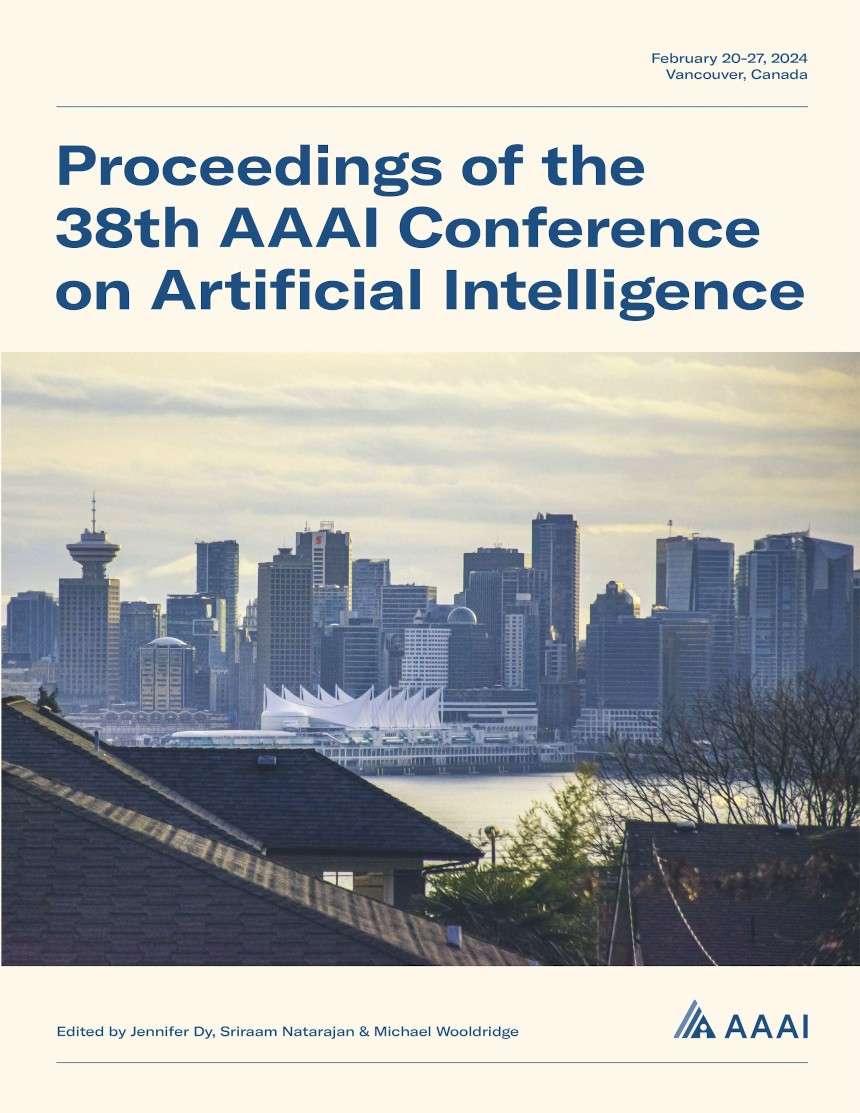Aligner²: Enhancing Joint Multiple Intent Detection and Slot Filling via Adjustive and Forced Cross-Task Alignment
DOI:
https://doi.org/10.1609/aaai.v38i17.29952Keywords:
NLP: Conversational AI/Dialog Systems, NLP: Sentiment Analysis, Stylistic Analysis, and Argument MiningAbstract
Multi-intent spoken language understanding (SLU) has garnered growing attention due to its ability to handle multiple intent utterances, which closely mirrors practical scenarios. Unlike traditional SLU, each intent in multi-intent SLU corresponds to its designated scope for slots, which occurs in certain fragments within the utterance. As a result, establishing precise scope alignment to mitigate noise impact emerges as a key challenge in multi-intent SLU. More seriously, they lack alignment between the predictions of the two sub-tasks due to task-independent decoding, resulting in a limitation on the overall performance. To address these challenges, we propose a novel framework termed Aligner² for multi-intent SLU, which contains an Adjustive Cross-task Aligner (ACA) and a Forced Cross-task Aligner (FCA). ACA utilizes the information conveyed by joint label embeddings to accurately align the scope of intent and corresponding slots, before the interaction of the two subtasks. FCA introduces reinforcement learning, to enforce the alignment of the task-specific hidden states after the interaction, which is explicitly guided by the prediction. Extensive experiments on two public multi-intent SLU datasets demonstrate the superiority of our Aligner² over state-of-the-art methods. More encouragingly, the proposed method Aligner² can be easily integrated into existing multi-intent SLU frameworks, to further boost performance.Downloads
Published
2024-03-24
How to Cite
Zhu, Z., Cheng, X., Li, Y., Li, H., & Zou, Y. (2024). Aligner²: Enhancing Joint Multiple Intent Detection and Slot Filling via Adjustive and Forced Cross-Task Alignment. Proceedings of the AAAI Conference on Artificial Intelligence, 38(17), 19777-19785. https://doi.org/10.1609/aaai.v38i17.29952
Issue
Section
AAAI Technical Track on Natural Language Processing II

